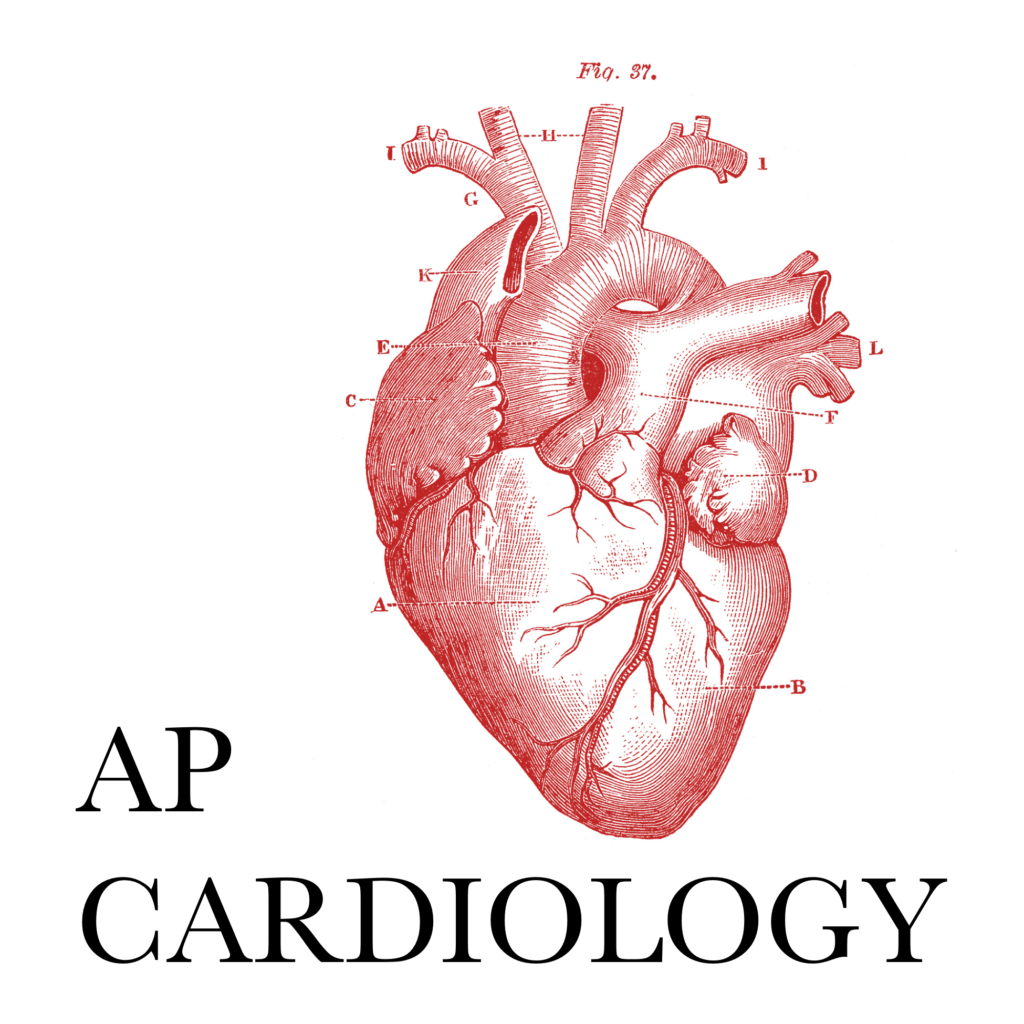Understanding hypertension with Cardiology: Symptoms, risks, and solutions
Understanding hypertension with Cardiology: Symptoms, risks, and solutions
Blog Article
Recognizing the Relevance of Cardiology in Modern Medical Care Solutions
Cardiology plays a vital function in contemporary healthcare, particularly as cardiovascular disease remains to be the leading cause of death worldwide. Advances in diagnostics and treatment have actually transformed person treatment, allowing earlier treatments and boosted outcomes. In addition, the change in the direction of preventive cardiology encourages people to handle their health and wellness proactively. As technology remains to advance, the assimilation of cutting-edge solutions might better redefine cardiology's influence on public health, triggering a more detailed assessment of arising trends and their ramifications.
The Frequency of Heart Problem and Its Impact on Public Wellness
Although heart problem stays the leading cause of death globally, its impact prolongs much past specific clients to affect public health systems and economic climates. The high frequency of cardiovascular disease places a substantial stress on healthcare resources, requiring enhanced funding for rehabilitation, avoidance, and treatment programs. Public wellness initiatives must address danger factors such as obesity, smoking cigarettes, and less active lifestyles, which add substantially to the climbing occurrence of heart conditions.Moreover, the economic concern linked with cardiovascular disease is immense, including not only straight medical prices yet additionally indirect expenditures connected to lost performance and early death. Areas deal with obstacles in managing these prices, commonly causing disparities in health care gain access to and results. As the population ages and lifestyle-related risks continue to rise, the necessity for efficient cardiology interventions ends up being extremely important. As a result, resolving heart problem is not only a matter of private health but likewise a vital public wellness concern.
Breakthroughs in Heart Diagnostics and Imaging Techniques
Current developments in cardiac diagnostics and imaging techniques have actually transformed the area of cardiology, boosting the capability to identify and keep track of cardiovascular disease. Techniques such as heart MRI, CT angiography, and echocardiography have actually come to be increasingly sophisticated, offering in-depth pictures of cardiac structures and features. These techniques permit the early recognition of problems like coronary artery condition, heart failure, and valvular disorders.Moreover, innovations in non-invasive diagnostics, such as wearable technology and remote tracking tools, have actually equipped individuals and medical care providers. These tools assist in real-time tracking of heart rhythms and other necessary signs, causing prompt interventions. In addition, artificial knowledge is being incorporated into imaging evaluation, improving precision and effectiveness in medical diagnosis.
Developments in Therapy Choices for Heart Issues
Recent innovations in cardiology have actually caused significant advancements in treatment choices for heart disease. These include innovative surgical methods that improve step-by-step results and emerging medications that provide new opportunities for treatment. As the area progresses, these innovations play a vital duty in enhancing patient treatment and results.
Advanced Surgical Techniques
Technologies in medical methods have changed the landscape of cardiology, offering brand-new hope for individuals with heart disease. Minimally invasive procedures, such as catheter-based interventions, have actually significantly decreased recovery times and hospital remains. Strategies like robotic-assisted surgical procedure enhance accuracy, allowing surgeons to navigate complicated anatomical frameworks with greater accuracy. Developments in imaging modern technology assist in real-time visualization throughout treatments, enhancing end results. Transcatheter aortic shutoff substitute (TAVR) exemplifies a breakthrough in treating aortic stenosis, allowing shutoff substitute without open-heart surgical treatment. Additionally, hybrid methods that incorporate catheter-based and surgical approaches offer tailored remedies for different heart issues. These innovative medical techniques not just enhance client security however also broaden therapy choices, highlighting the important role of innovation in contemporary cardiology techniques.
Emerging Therapies and medications
As the landscape of cardiology remains to evolve, emerging treatments and medicines play a pivotal duty in boosting treatment choices for heart disease. Advancements such as unique anticoagulants and progressed lipid-lowering representatives have actually transformed the management of heart diseases, significantly reducing person morbidity and death. In addition, the development of gene therapies and regenerative medication provides appealing methods for treating problems previously deemed irreparable. Scientific tests are consistently disclosing the efficiency of these therapies, pushing the borders of traditional therapies. In addition, the combination of electronic health and wellness technologies assists in tailored medicine, enabling tailored treatment plans based upon genetic and lifestyle variables. Collectively, these improvements highlight the vibrant nature of cardiology, boosting patient end results and redefining standards of care in modern medical care.
The Function of Preventive Cardiology in Person Treatment
Precautionary cardiology plays a necessary role in patient care by concentrating on the identification of threat factors that add to heart illness. Through lifestyle adjustment techniques and very early discovery techniques, doctor can properly reduce the incidence of cardio occasions - Dr Garcia. This proactive technique not only improves individual outcomes but also advertises lasting wellness
Risk Aspect Identification
While heart diseases stay a leading source of morbidity and death worldwide, efficient threat element recognition acts as a foundation of precautionary cardiology. Determining risk aspects such as hypertension, family members, hyperlipidemia, and diabetes history is important for very early intervention. Healthcare specialists utilize numerous evaluating methods to review these variables, enabling customized preventative measures. In addition, understanding a person's way of living options, such as smoking and physical lack of exercise, better educates threat analyses. This comprehensive analysis enables clinicians to establish individualized care strategies intended at mitigating threats. By focusing on danger element identification, medical care systems can boost client results and lower the overall worry of heart diseases, ultimately adding to improved public wellness methods and resource allocation.
Lifestyle Alteration Techniques
A multitude of researches highlights the important duty of way of life adjustment approaches in reducing cardio illness threat. These approaches encompass dietary more tips here adjustments, increased exercise, cigarette smoking cessation, and weight management. By taking on a heart-healthy diet rich in fruits, veggies, entire grains, and lean proteins, individuals can decrease cholesterol degrees and blood stress. Routine physical activity enhances the heart and enhances overall cardio wellness. In addition, stopping smoking cigarettes greatly minimizes the threat of heart problem and improves recuperation prices for those with existing problems. Weight administration further adds to cardiovascular health by minimizing various other danger elements such as diabetes mellitus and high blood pressure. Executing these way of life alters not only advertises individual health however additionally works as a foundation of preventive cardiology in patient treatment.
Early Discovery Strategies
Lifestyle modifications substantially add to decreasing heart disease dangers, but they are most efficient when coupled with early discovery techniques. Precautionary cardiology stresses the significance of identifying prospective heart concerns prior to they escalate right into serious problems. Techniques such as high blood pressure surveillance, cholesterol screening, and advanced imaging innovations like echocardiograms play critical functions in assessing cardiovascular health. Biomarkers and hereditary screening additionally enhance the accuracy of early discovery, enabling tailored preventative methods. Normal heart threat analyses encourage doctor to interfere proactively, potentially avoiding cardiac arrest and strokes (Cardiology care). By incorporating these early detection approaches right into regular treatment, individuals can profit from prompt lifestyle treatments and targeted therapies, inevitably boosting and boosting end results top quality of life
Integrating Innovation Into Cardiology Practices
As advancements in modern technology remain to improve various areas, the combination of innovative devices and systems into cardiology practices has become important for enhancing patient treatment and results. Telemedicine platforms permit cardiologists to keep an eye on clients from another location, improving accessibility to care while lowering the concern on health care centers. Wearable devices, such as smartwatches, make it possible for continuous heart rate tracking, informing both patients and physicians to possible issues in real-time. Additionally, synthetic intelligence (AI) is being used to evaluate large amounts of cardiac data, helping in early diagnosis and individualized therapy plans. Advanced imaging methods, consisting of 3D echocardiography, boost visualization of heart frameworks, causing a lot more exact treatments. Digital health and wellness documents (EHRs) streamline client info administration, making certain that cardiologists have prompt accessibility to essential data. Together, these technical innovations are changing cardiology, advertising aggressive monitoring and boosted wellness end results for people with cardiovascular conditions.
The Relevance of Patient Education And Learning and Interaction
Client education and interaction play a pivotal role in the management of cardio health and wellness. By furnishing clients with knowledge concerning their conditions, therapy alternatives, and way of life changes, health care providers encourage individuals to take an active function in their treatment. This proactive technique can lead to enhanced adherence to suggested medications, dietary adjustments, and exercise routines, ultimately decreasing the threat of complications.Engagement also promotes a solid patient-provider relationship, encouraging open interaction and trust. When individuals really feel informed and included, they are most likely to voice problems and ask concerns, which can bring about much better medical outcomes. Additionally, academic sources, such as workshops or digital systems, can improve understanding and advertise self-management techniques. Generally, focusing on person education and learning and engagement is important for improving cardio health, enhancing lifestyle, and lowering health care prices linked with cardiovascular diseases.
Future Trends in Cardiology and Their Prospective Influence

Often Asked Concerns
What Way Of Life Modifications Can Minimize Cardiovascular Disease Risk?
The current inquiry addresses way of living adjustments that can substantially minimize heart problem danger. Cardiology care. Embracing a balanced diet, taking part in normal exercise, read this article maintaining a healthy and balanced weight, taking care of anxiety, and avoiding tobacco can especially enhance cardiovascular health
Just How Can I Identify Very Early Indications of Heart Problems?
Recognizing very early indications of heart problems entails tracking symptoms such as upper body pain, lack of breath, exhaustion, and irregular heartbeat. Prompt awareness of these indicators can motivate essential clinical assessment and intervention for far better results.
What Are the Distinctions In Between Cardiologists and Cardiac Surgeons?
The differences in between cardiologists and heart specialists lie in their duties; cardiologists mostly identify and manage heart problems through non-invasive approaches, while cardiac doctors carry out surgeries to correct architectural heart issues. Each plays an essential, unique role.

Just how Often Should I Obtain My Heart Wellness Checked?
The frequency of heart medical examination differs based upon specific danger elements. Usually, adults must undertake assessments each to two years, while those with status quo may require even more regular assessments as advised by medical care experts.
What Role Does Genes Play in Cardiovascular Disease Risk?
Genes significantly influences cardiovascular disease risk, with domestic patterns suggesting acquired problems. Particular genetics can predispose people to high blood pressure, cholesterol issues, and various other cardiovascular troubles, highlighting the significance of hereditary screening in assessing heart wellness. Heart illness continues to be the leading cause of fatality internationally, its effect extends much Resources beyond private clients to influence public health and wellness systems and economies. Public wellness initiatives have to attend to risk variables such as weight problems, smoking, and inactive lifestyles, which add significantly to the rising incidence of heart conditions.Moreover, the financial burden connected with heart disease is tremendous, including not only straight medical expenses yet likewise indirect expenditures associated to lost efficiency and early death. Precautionary cardiology plays an essential duty in patient treatment by focusing on the recognition of risk variables that contribute to heart illness. Artificial knowledge (AI) and equipment knowing are boosting diagnostics and patient tracking, making it possible for early detection of heart illness. The differences between cardiologists and cardiac cosmetic surgeons lie in their functions; cardiologists mostly take care of and detect heart problems via non-invasive approaches, while heart specialists do medical treatments to remedy architectural heart problems.
Report this page